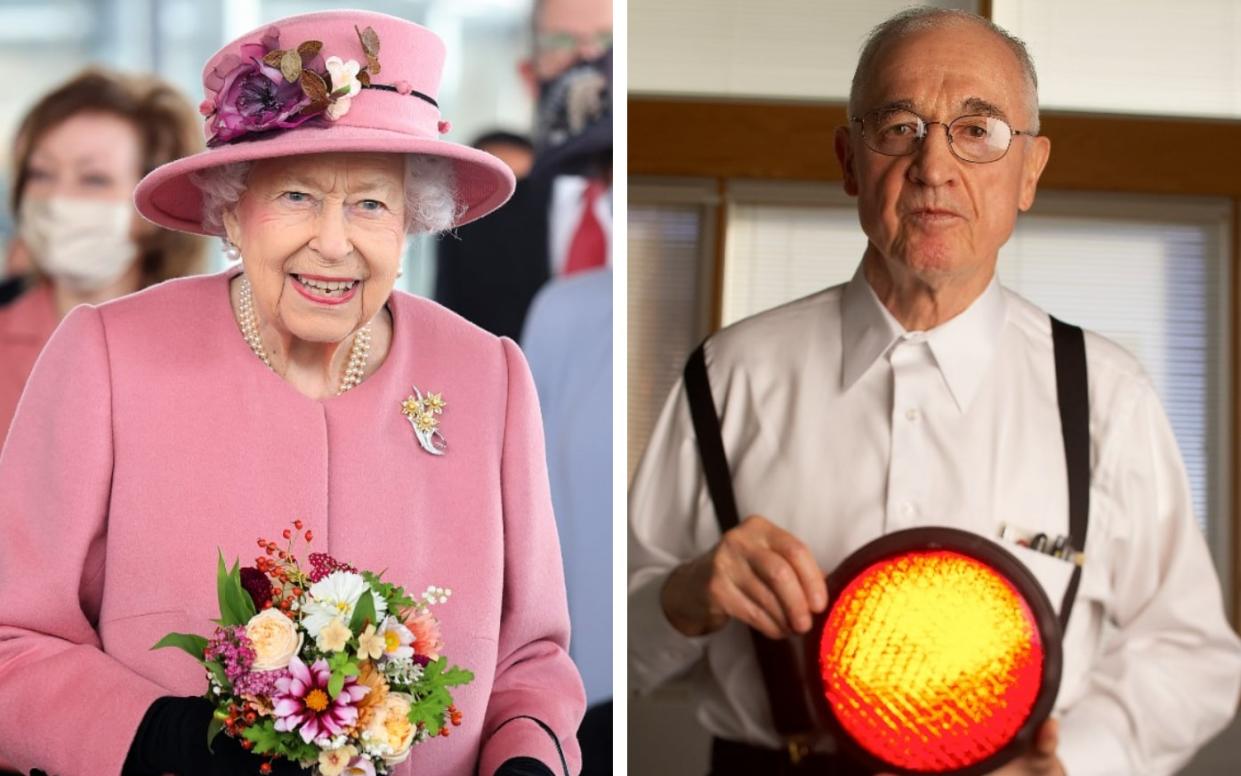Queen lights up LED inventor’s day with honour after Nobel Prize snub

- Oops!Something went wrong.Please try again later.
- Oops!Something went wrong.Please try again later.
A 92-year-old engineering professor who was left “insulted” after missing out on a Nobel Prize has finally received the recognition he deserves, from none other than the Queen.
Prof Nick Holonyak, who invented the red LED light in 1962, has been awarded the Queen Elizabeth Prize for Engineering, a share of a £1 million award finally acknowledging his contribution.
Saying it was a “great honour” to join his “eminent” colleagues in receiving the award, Prof Holonyak added he was “delighted that the global success of LEDs is now being recognised in this way”.
The prize was presented to five joint winners by the Prince of Wales on behalf of the Queen at Clarence House, with Prof Shuji Nakamura, Dr George Craford and Prof Russell Dupuis attending the reception in person.
Prof Holonyak, who lives in Illinois, US, was unable to attend in person due to Covid restrictions, and Prof Isamu Akasaki from Japan, who died in April, was represented by his son-in-law.
The academics made a “tremendous contribution” to the invention of the LED light, which has reduced energy consumption and aided the fight against climate change, the prize said.

The ceremony went some way to make up for a 2014 snub, in which Prof Holonyak was omitted from the Nobel Prize.
Then, it was awarded to Prof Akasaki, Prof Nakamura and Hiroshi Amano, the team that invented blue LEDs, which are essential in producing white light.
Supporters of Prof Holonyak, who invented the red LED in 1962, argued that the blue LED could never have been developed without the work that he and others had done earlier.
Speaking then, Prof Holonyak admitted: “Hell, I’m an old guy now, but I find this one insulting.”
After the Queen’s Engineering Prize was announced, Prof Dupuis said: “It is really something to share in this award win among my friends and colleagues – all five of us each played an important role, and this recognition means an awful lot.
“In those early days, when it was long days and nights hand-building reactors, Nick Holonyak mentored us. He really drew us in and inspired us to be part of the adventure that is engineering.”
Spotlight on team effort
Prof Nakamura said: “Most importantly, this is a team prize. I was able to do what I did in the Eighties, because of what had come before.”
Prof Sir Christopher Snowden, the chairman of the judging panel, said: “The impact of this innovation is not to be understated. It is not only an extreme engineering achievement, but a societal one that has a significant impact on the environment.”
Prof Dupuis, 73, whose work enabled the commercial production of high-quality semiconductors, said after the award ceremony: “This is the greatest thing I think that's happened to me in my life.”
While Prof Holonyak was upset about the Nobel Prize in 2014, this time he was just excited for all the prize winners, Prof Dupuis said.
“He’s excited for the people that put this together. George [Craford] and I are his students. He’s grateful of course for being included and grateful to the Queen, but his focus has always been the young people. He’s always worried about the students and that their contributions get recognised.”

